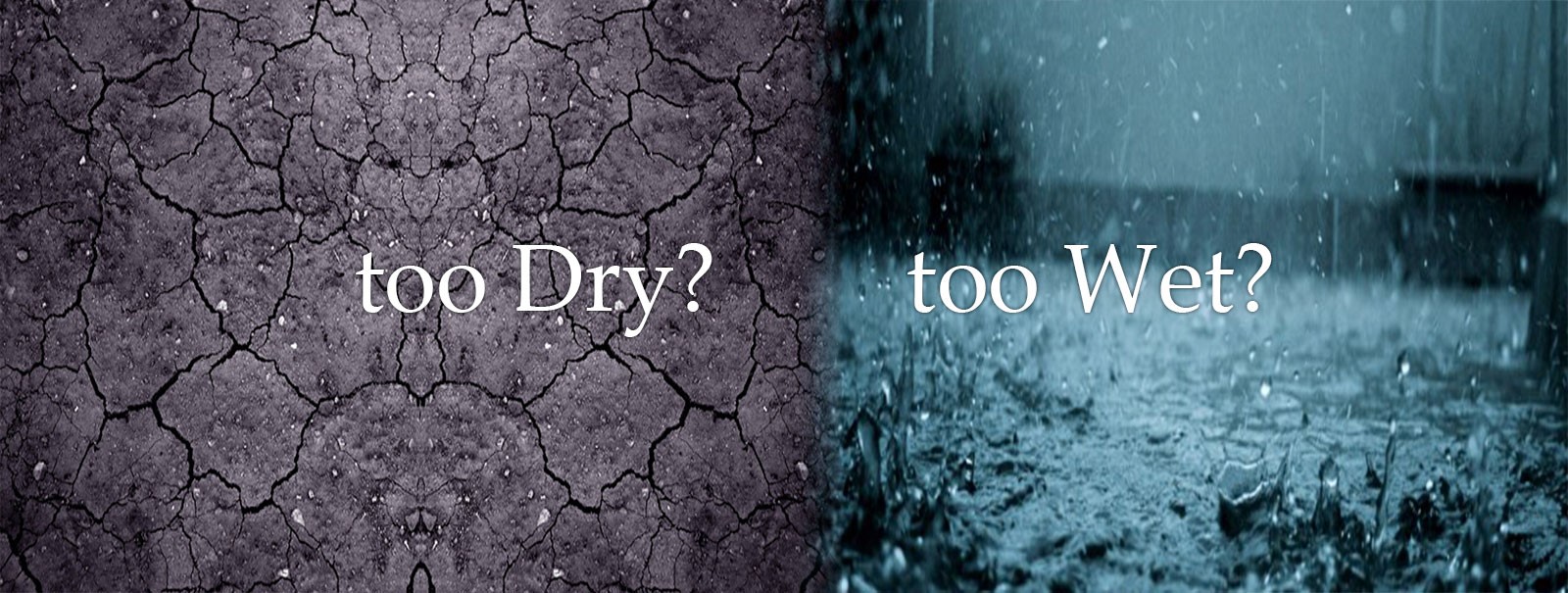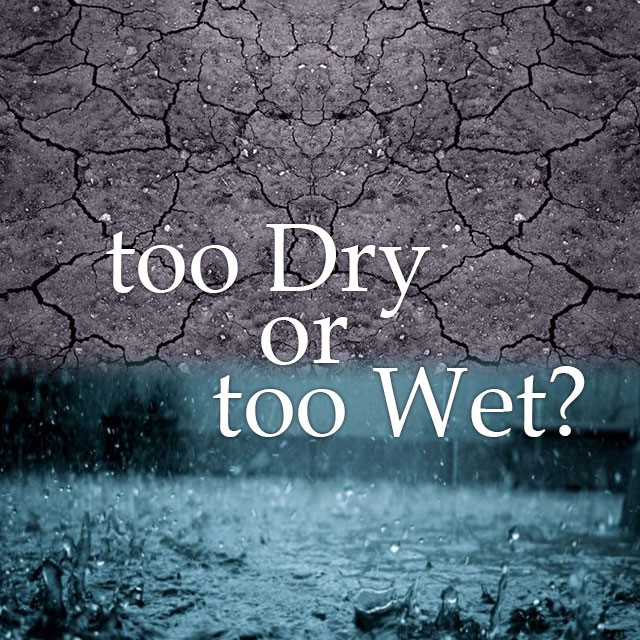Wet regions of Earth are getting wetter and dry regions are getting drier
The river flow and agriculture will be comproised


According to the study from the University of Southampton, published in Scientific Reports, the world’s wet regions are getting wetter and the dry regions are getting drier. Yet, it is happening slower than formerly believed.
- Analyzing the saltiness of oceans worldwide, the study shows that sea water gets diluted by more rain and outflow from rivers in a district of an ocean, which makes the ocean less salty. More evaporation in another district removes fresh water and stays behind salts, which makes the ocean saltier. For the purpose of estimating how much rainfall is changing, researchers measured the salinity of deep oceans around the world over the past 60 years.
- Researchers discovered that the level of wet regions and dry regions have risen by 2 percent over the past 60 years. This situation is called amplification of the water cycle. Earlier research showed that amplification of the water cycle, was happening at 7 percent per 1°C of global warming. The new study predicts that amplification happens at about three to four per cent per 1°C. Because of reducing the strength of the atmospheric circulation, the transportation of freshwater from the dry to wet regions of the world.
- The head researcher pointed out that the results conform the prediction of models of a warming climate. When the world gets warmer, wet regions will be getting wetter and dry regions will be getting drier. If global warming exceeds 3°C, wet regions will likely gain more than 10 percent water and dry regions 10 percent drier, which may lead to extremely bad implications for river flows and agriculture.
- Another finding of this study is observation matches the climate models over the recent past years and it provides more confidence to the climate model projection of water cycle amplification under greenhouse gas emission scenarios.